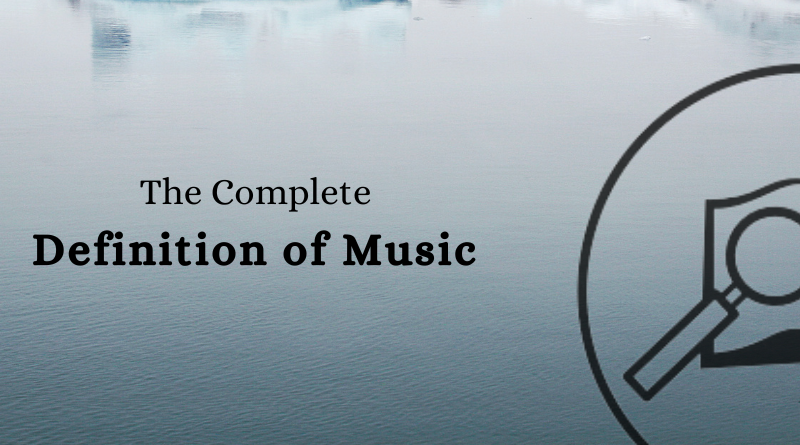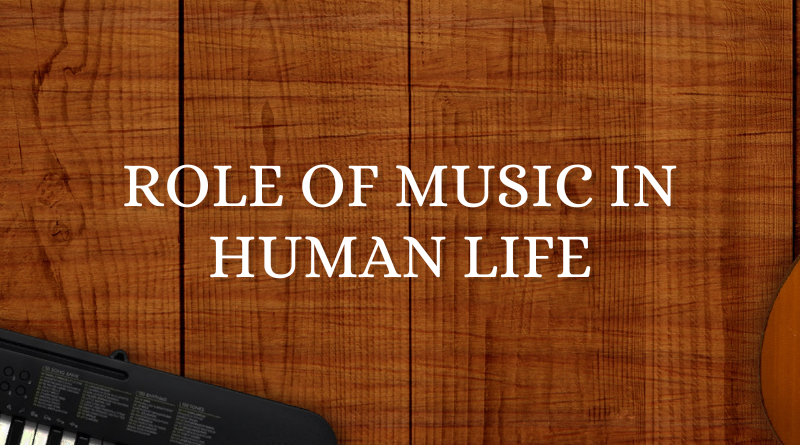The Four Different Types of Written Music

As a musician, teacher, bassist and music copyist, hundreds of singers have been my clients. Although working musicians may know hundreds of songs, singers must have good charts to get their music heard. A “good chart” is a piece that clearly tells musicians what to play.
Written music can be found in seven forms: songbooks, sheet music, chord charts, sheet music, and lead sheets.
The supplier of the chart is responsible for providing the correct type of chart. A musician must play the chart correctly. It is important to know which type of chart you should use for what kind tune or gig.
This article will explain what different charts are and how to use them. It is my hope that you find it helpful.
TYPES OF CHARTS
According to the type of music and gig, charts can be either simple or complex. Traditional cover tunes can be learned from recordings. Choral and classical music can be found both in sheet music stores and in other music catalogs. Many tunes can also be found in music books. Public libraries often have recordings and written music available for you to use.
A chart is any piece of music or arrangement that has been modified in a unique way to a tune. It was a term used to describe a tune decades ago. However, any piece of music can be considered a chart today. A classical buff may not consider a Mozart work a “chart”.
It is important to know which chart to use for each type of tune. You can’t read a chart if someone gives you one at a gig. You need to be able to choose the right chart for your situation, whether you have them printed for you, or have them made for yourself. It was quite common for singers to bring in charts while performing singer showcases. The right types of charts were what got the music played in the way that they desired. Singers with the wrong types of charts were not happy. A musician can only play the parts he knows unless he is familiar with the exact parts. Although a musician can improvise in any style, it is not possible to play a particular musical line without knowing the exact parts.
The supplier of the chart is responsible for providing a correct one.
Here are the various types of charts that can be used without getting too technical about music notation:
1. CHORD CHARTS
A chord charts contain the chords and the meter. This is how the song is counted (e.g. in 4 or 3 (like a dance waltz)), as well as the form (the order of the parts). This chart is used when the musical parts of a song are not known or improvised, but they need to be referenced.
The melody and any instrumental parts are not included in a chord chart. A musician must have steady time, be able to read the chords and be able to improvise in any style.
2. SHEET MUSIC
Sheet music A store-bought copy of a song published by a publisher that includes the instrumental part, chords and lyrics. It also contains melody, form, melody, and form. A piece that is instrumental will only have the music. Both piano and guitar sheet music can be found in the same format. Sheet music for guitar is available in both standard (often classical) notation and in TAB. Good sheet music will always indicate whether it is for guitar or piano. The majority of sheet music is not intended to be a complete representation of the actual recording. Also, the arrangement you hear on the recording is rarely present in the sheet music.
Many people have felt the frustration of finding the sheet music for a song they love, then playing it and finding that the chords and form are not the same as the recording. It’s a common problem, and there are many reasons why it happens. You will need to “takedown” the song in order to get the exact arrangement. Learn the song by ear. A takedown involves listening to music and writing down the lyrics. You can takedown anything from simple chord charts to complex orchestral parts, or any combination thereof. To be able to takedown well, you must have good ears and understand the music notation. Good ears are able to recognize and understand music whether it is being played on the radio, in your head, or by another musician.
3. SONGBOOKS
Songbooks contain many songs and can often have the same information as sheet music. However, the arrangement and chords may differ from the recorded version. Songbook tunes have shorter introductions and ends than sheet music, which allows for more songs to be included in the book. Although sheet music is designed to be played on a keyboard and songbooks can be written in different styles for different instruments, they are also available in other formats. You can find them organized by artist, decade, or style. There are also many collections that include Broadway hits and movie themes.
Songbooks can be a great source of information when more precise charts are not available. Client request: Two movie themes were required for a gig. Instead of paying $8 for two sheet music tracks, I purchased a $16 book of movie themes that included over 100 tunes. Because of their bulkiness and cumbersome page turns, sheet music and songbooks can be difficult to use at gigs. However, you should always have them on hand for an emergency. You have two options: 1. Recopy the song onto 1-3 pages, or 2. Photocopy it and glue the pages together. However, strictly speaking, this could be considered copyright infringement. Always provide a copy of the sheet music for each musician.
A musician must be able read sheet music and songbooks. Or at the very least, be able to improvise from the chord symbols. If they are able to sing the melody or read the notated melody, a vocalist can do so.
4. LEAD SHEETS
Lead Sheet contains the melody, lyrics, and chords of the song. They are mostly used by arrangers, singers, and accompanists. However, they do occasionally appear on the bandstand. Songwriters use leadsheets to copyright their songs. Often, sheet music contains a lead sheet that includes the tune in a simplified version for them to use. A lead sheet usually only has one to two pages, rather than three to six pages worth of sheet music. A lead sheet does not include music notation, except for the melody and chords. This means that a musician must be able to improvise from one. A music copyist is someone who prepares written music and usually creates a lead sheet. To play from lead sheets, you must understand the form directions and symbols. This includes understanding the markings that tell you where to go (to the verse, the chorus or to the end), and playing an accompaniment. Having excellent accompaniment skills and the ability to read notation fluently is essential.




